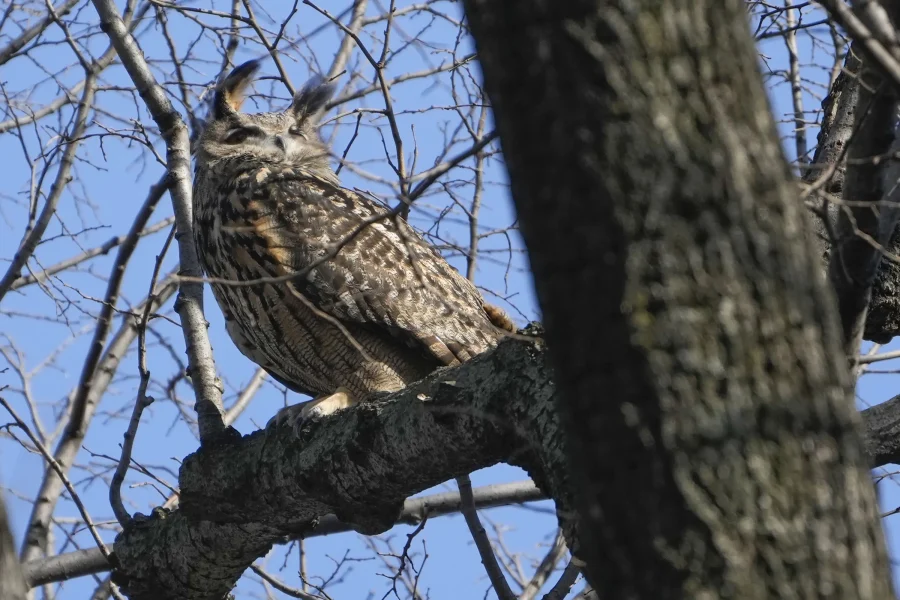For two weeks, an owl that escaped from New York’s Central Park Zoo has flown from treetop to treetop, eluding capture and amassing legions of fans worried about its ability to survive alone in the big city.
Would Flaco, a majestic Eurasian eagle-owl, go hungry because he hadn’t developed an ability to hunt while in captivity?
With a collective sigh of relief, the answer was a resounding no: It appears Flaco has regained his killer instincts and is becoming an old hand at swooping down from his lofty perch to feed on the park’s bounty of rats.
As a result, Zoo officials announced that they were suspending recovery operations, at least for now, but will keep a close eye on the owl’s health.
“We are going to continue monitoring Flaco and his activities and to be prepared to resume recovery efforts if he shows any sign of difficulty or distress,” Zoo officials said in a statement.
The bird’s name in Spanish means “skinny,” and it seemed he was in danger of living up to his name in the early days of his escape because he hadn’t been seen eating. But when he started coughing up fur and bones, it sparked excitement — proof that he had been hunting and eating.
Officials acknowledged that recovering Flaco had proven difficult, especially “since he has been very successful at hunting and consuming the abundant prey in the park.”
The Eurasian eagle-owl is one of the larger owl species, with a wingspan of up to 79 inches (2 meters), according to the Wildlife Conservation Society. They have large talons and distinctive ear tufts. Despite evidence that Flaco had been dining on rodents, the task of capturing him went on. Most recently, zoo officials tried to lure Flaco with bait and recordings of eagle-owl calls. —AP










